New arms for Belarus and Russia’s military plans in the region
On 20 June, Belarus signed a contract with the Russian Irkut corporation to purchase 12 Su-30SM fighter jets for $600m. This would be the largest ever arms deal between Minsk and Moscow. Earlier in June, Minsk also received its first batch of T-72 tanks, which were modernised in Russia.
At first glance, Russia seems to be arming Minsk. This fits with conjectures that the Kremlin is becoming increasingly hawkish and Minsk and Moscow are colluding to put their regional and Western opponents under pressure.
However, a more scrupulous analysis of such arms deals, as well as the armaments the Belarusian army possesses, paints a different picture. Moscow refuses to bolster the steadily declining Belarusian military's capacity to conduct offensive operations, including joint large-scale operations with Russia.
Does the Kremlin really want to arm Belarus?
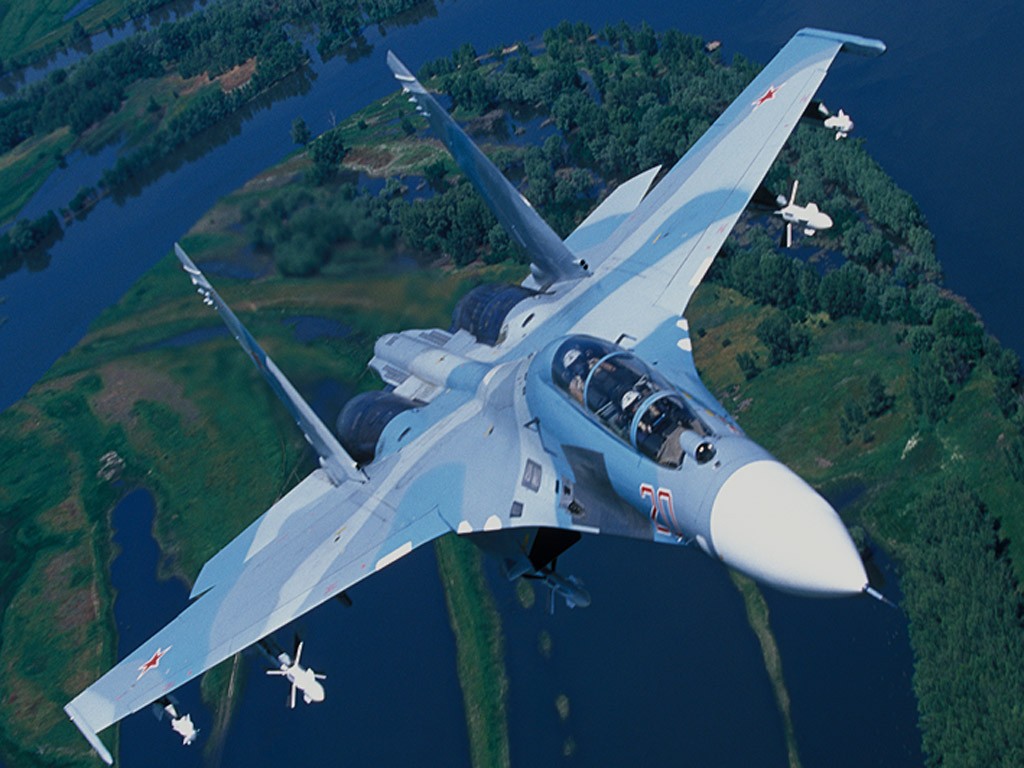 On 21 May, the head of Russia's Federal Service for Military Technical Cooperation, Dmitry Shugaev commented that 'Russia is interested in ensuring that the Belarusian army has modern equipment.'
On 21 May, the head of Russia's Federal Service for Military Technical Cooperation, Dmitry Shugaev commented that 'Russia is interested in ensuring that the Belarusian army has modern equipment.'
Meanwhile, even Belvpo.com, a media outlet with probable (close) links to the Belarusian army, has repeatedly criticised Russia's policy regarding weapons for Minsk over the past several months.
One of the publication's authors, Valery Berazhnoi, recently lashed out at the Kremlin for refusing to supply Minsk with S-400 surface-to-air (SAM) systems and Iskander tactical ballistic missile systems. He noted that Russia had already given S-400s to China and Iskanders to Armenia.
Moreover,
For almost ten years, Belarusians were given promises [of receiving Iskanders]. Thus, in cooperation with the Chinese, the Belarusian defence industry created a fundamentally new type of weapon – the Palanez rocket system [because they could not get Iskanders].
These are harsh words coming from a publication which is neither oppositional nor nationalist, but produced by retired Belarusian army officers.
Their stance corresponds with that of the Belarusian government. On 7 October 2016, president Alexander Lukashenka criticised Russia's lack of willingness to supply weapons to Belarus during an assembly of the national parliament. In particular, he referred to the Iskander missile system: 'So it turns out that in order to protect you [Russia], I must … buy a gun from you? Is that normal?'
The facts also point to Moscow's reluctance to provide Minsk with arms. Lukashenka's and Putin's failure to boost Belarus's offensive military capacities becomes obvious after a brief analysis of which weapons the Belarusian army has received and decommissioned over the past several years.
Aircraft: Minsk pays
On 20 June, the Moscow-based business daily Vedomosti explained that Russian loans would be used to finance the forthcoming deliveries of Su-30. In order to make it easier for the Belarusian budget, the Russian manufacturer would deliver about four aircraft a year.
 However, money still remains an issue. When asked about the deliveries, Belarusian defence minister Andrei Raukou simply told Tut.by that 'The contract specifies this with one line: as soon as funding starts.'
However, money still remains an issue. When asked about the deliveries, Belarusian defence minister Andrei Raukou simply told Tut.by that 'The contract specifies this with one line: as soon as funding starts.'
Tut.by also reports that the contract had been concluded directly, i.e., without the mediation of the Russian government. In other words, the Kremlin is in no haste to arm Minsk; Belarus must purchase arms like any other country.
This seems to be a pattern. Last October, Lukashenka revealed the conditions on which Minsk had bought the S-300 SAM systems to the Belarusian parliament: 'To my knowledge, we paid $170m, took the S-300s, repaired them, modernised them, and deployed them.' In other words, Minsk paid Russia even for second-hand S-300PS – despite the fact that the Kremlin could hardly have sold them at a decent price anywhere.
Helicopters and fighter jets for sale
The Belarusian army will not enlarge its air force by adding the new Su-30SMs to it. According to then deputy defence minister Ihar Latsyankou in February 2016, it will use the new jets to replace currently active MiG-29s, which Belarus inherited from Soviet times.
Minsk is already looking to sell its MiGs. On 29 June, the Russian military analysis blog BMPD, citing an anonymous Serbian source, reported that although Serbia has currently stopped negotiating the purchase of eight MiG-29s from Belarus, it could conclude the deal in 2018 or later.
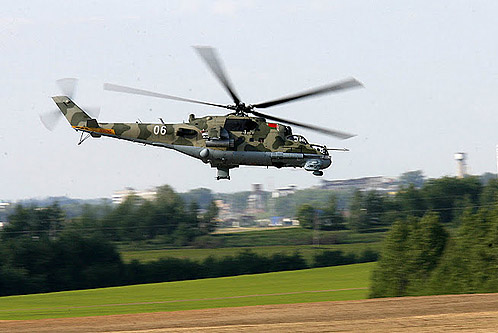 A similar situation exists regarding combat helicopters. On 25 June, Russian military aviation blogger kloch4 published an abusive but noteworthy analysis of Minsk's plans to decommission its Mi-24 attack helicopters and sell them abroad.
A similar situation exists regarding combat helicopters. On 25 June, Russian military aviation blogger kloch4 published an abusive but noteworthy analysis of Minsk's plans to decommission its Mi-24 attack helicopters and sell them abroad.
After analysing numerous photographs of Belarusian army helicopters, he concluded that although Belarus had inherited more than seven dozen helicopters from the Soviet army:
…we can confirm a sharp weakening of the Mi-24 fleet in Belarus – there are only a dozen flying vehicles, some of them – the Mi-24 of non-attack modifications which cannot employ guided anti-tank weapons. The choppers of the latter kind have recently been returned to service, which indicates a certain armaments crisis … There were no attempts noticed to modernise the equipment in order to increase its combat capacities, including for night missions.
Its no wonder that on 10 June, the French daily Le Figaro quoted a UN Security Council document saying that the Mi-24 attack helicopters recently seen at airfields controlled by Libya's Tobruk-based government had been purchased from Belarus. The UAE had bought them for its Libyan allies. The Emirati government has been buying military equipment for its Libyan friends for some years: in 2014, it purchased four Mi-24V attack helicopter from Belarus for Libya. Le Figaro's report might indicate that there were further such deals.
The Belarusian army's attack helicopters are in even more dire straights than its fighter jets. Unlike fighter jets, which are partly being replaced by newer airplanes, Minsk has no such policy for its attack helicopters. It did not buy any new combat helicopters from Russia – only 18 Mi-17V5 transport helicopters. This is an odd choice for a country preparing for a clash with NATO.
Modernising Soviet armour once again
What's more, there are no new tanks coming from Russia to strengthen Minsk's military might either. On 2 June, the Belarusian army received its first batch of T-72B3 tanks from the Russian plant Uralvagonzavod. The T-72B3 model is the latest Russian modification (as of 2016) of the Soviet mass-produced T-72 tank.
 As great as this might sound, this makes little difference for Belarus's offensive capacities. First, Minsk received only four tanks, even though the Belarusian defence ministry subsequently signed a contract with the Russian firm on modernising another batch of T-72s.
As great as this might sound, this makes little difference for Belarus's offensive capacities. First, Minsk received only four tanks, even though the Belarusian defence ministry subsequently signed a contract with the Russian firm on modernising another batch of T-72s.
Secondly, the Russians are modernising Belarus's own T-72s. They are not providing new machines, not even T-90s, which have been deployed by the Russian army for many years already.
The same can also be said about other types of armoured vehicles. Thus, contrary to claims by some Russian military analysts, Minsk has abandoned its plans to buy new Russian BTR-82As, an armoured personnel carrier. What's more, for several years Belarus has been receiving lighter armoured vehicles of the Humvee-type not from Russia, but from China – and for free.
In sum, an analysis of Belarusian military hardware purchases and sales does not seem to indicate any preparation for large-scale operations involving Belarusian participation, such as a Russian invasion of the Suwalki gap to reach the Kaliningrad Province or indeed anything larger than counterinsurgency missions. Moreover, Belarus still retains its brigade-based army structure – which it adopted for smaller operations – while since 2014 Russian has been reestablishing larger units – divisions and even armies – suitable for fighting large-scale wars.
Is Minsk just out of money? Perhaps, but Russia is not demonstrating any willingness to boost the combat capacities of its Belarusian ally for such deployments by supplying it with appropriate weapons.
The only new equipment Belarus received from Moscow over the last five years was trainer jets and transport helicopters, with Tor-M2 SAM systems being the largest Russian contribution to Belarusian defence. And Minsk paid for them.
Thus, it is clear that if Russia has any plans for larger offensive operations, the Belarusian armed forces have no place in them.



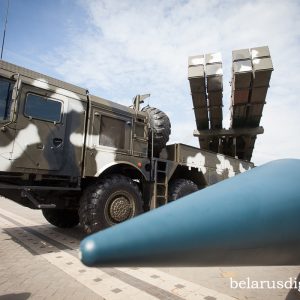
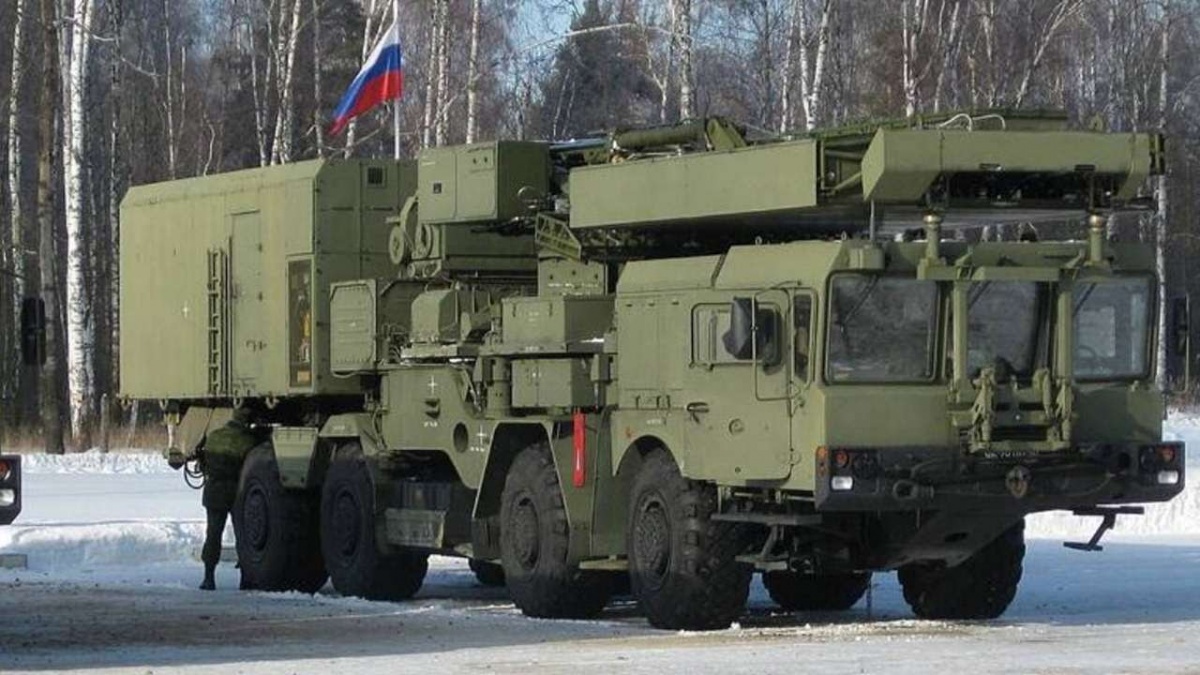 Belarusian defence industries make the most money not by producing complete systems, but by making components for the systems manufactured by others, especially Russia. The most notable of these include chassis from the Minsk-based factory MZKT. The Russian tactical ballistic missile system Iskander, some S-400 surface-to-air missile systems' parts, and the mobile coastal defence missile systems Bastion, Bal-E, and Bereg all operate on MZKT-7930 chassis.
Belarusian defence industries make the most money not by producing complete systems, but by making components for the systems manufactured by others, especially Russia. The most notable of these include chassis from the Minsk-based factory MZKT. The Russian tactical ballistic missile system Iskander, some S-400 surface-to-air missile systems' parts, and the mobile coastal defence missile systems Bastion, Bal-E, and Bereg all operate on MZKT-7930 chassis. Minsk, however, realises that these tailwinds can change, and is struggling to diversify. The most remarkable new products presented in the Milex-2017 included a new missile for Palanez and an armoured vehicle called Kaiman. Both of them were results of attempts to develop technological branches that had been either non-existent – like
Minsk, however, realises that these tailwinds can change, and is struggling to diversify. The most remarkable new products presented in the Milex-2017 included a new missile for Palanez and an armoured vehicle called Kaiman. Both of them were results of attempts to develop technological branches that had been either non-existent – like 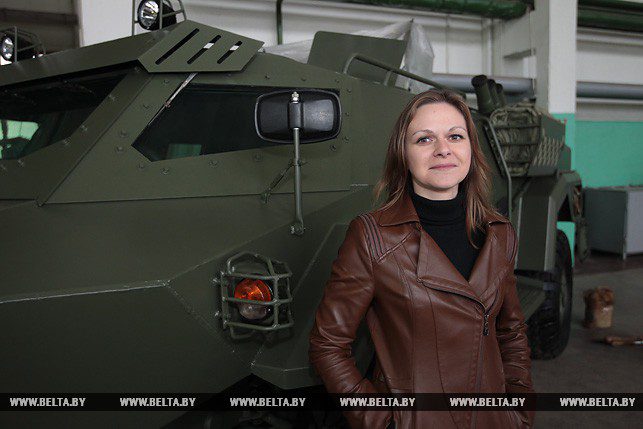 It was designed by the 140th Tank Repair Works based in the city of Barysau. The first models of Kayman were produced based on the Soviet BRDM-2, an armoured patrol car. However, the Works' head designer Volha Pyatrova insist that the final version of Kayman is an original product manufactured mostly from Belarusian components.
It was designed by the 140th Tank Repair Works based in the city of Barysau. The first models of Kayman were produced based on the Soviet BRDM-2, an armoured patrol car. However, the Works' head designer Volha Pyatrova insist that the final version of Kayman is an original product manufactured mostly from Belarusian components.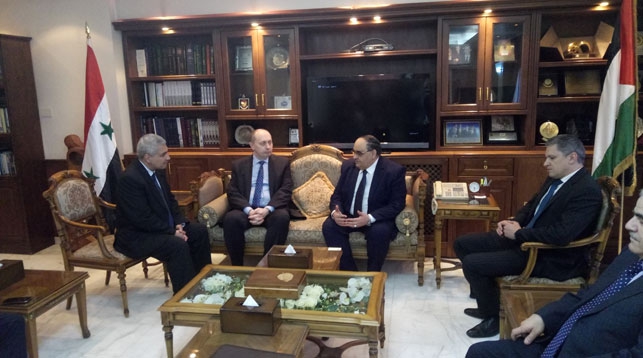 This is not the only unsubstantiated story about the Belarusian arms industries to circulate recently. On 26 April, the French bulletin Intelligence Online published an article accusing Lukashenka's government of continuing arms trade with the
This is not the only unsubstantiated story about the Belarusian arms industries to circulate recently. On 26 April, the French bulletin Intelligence Online published an article accusing Lukashenka's government of continuing arms trade with the 